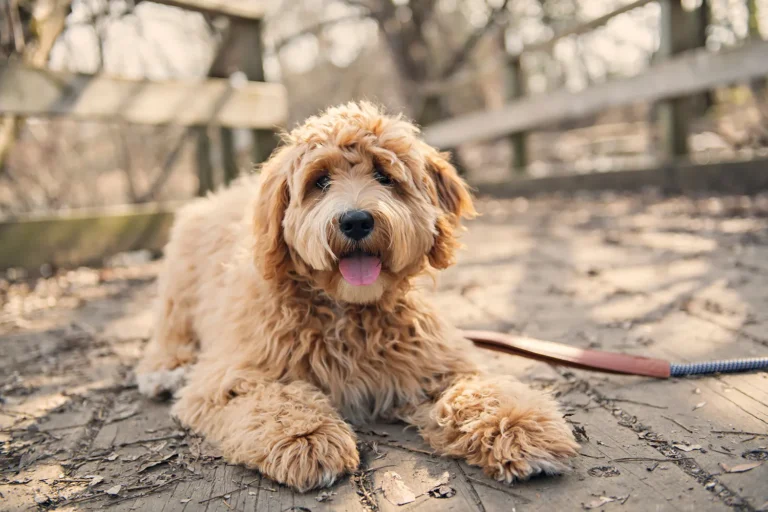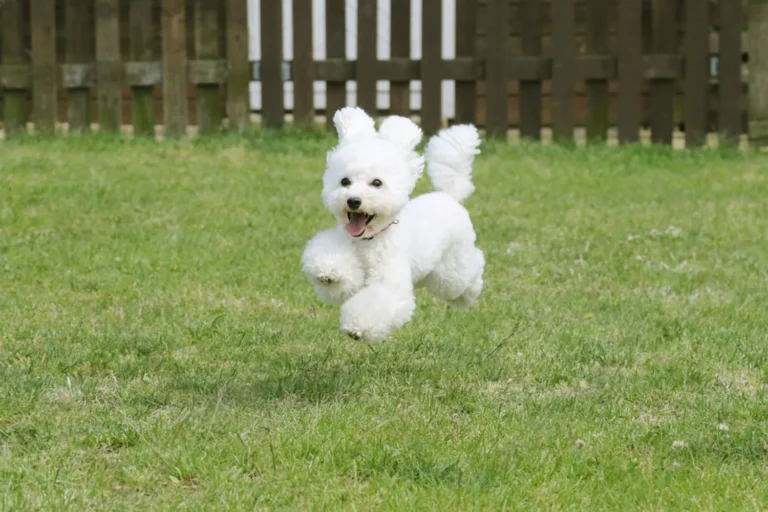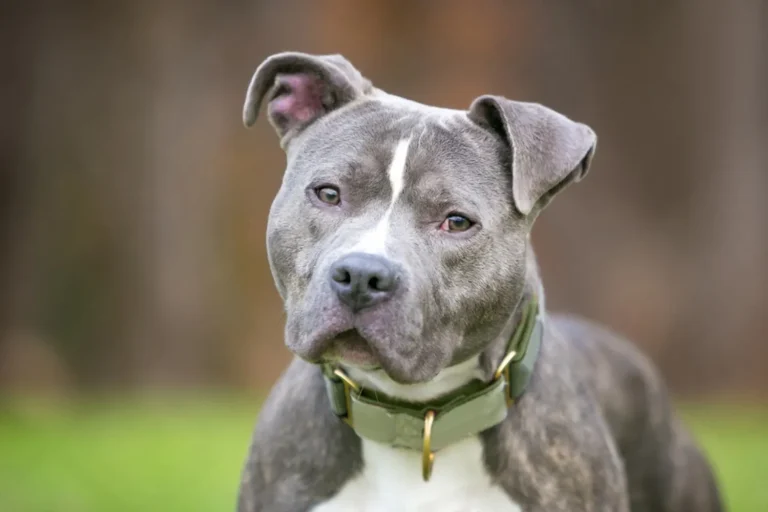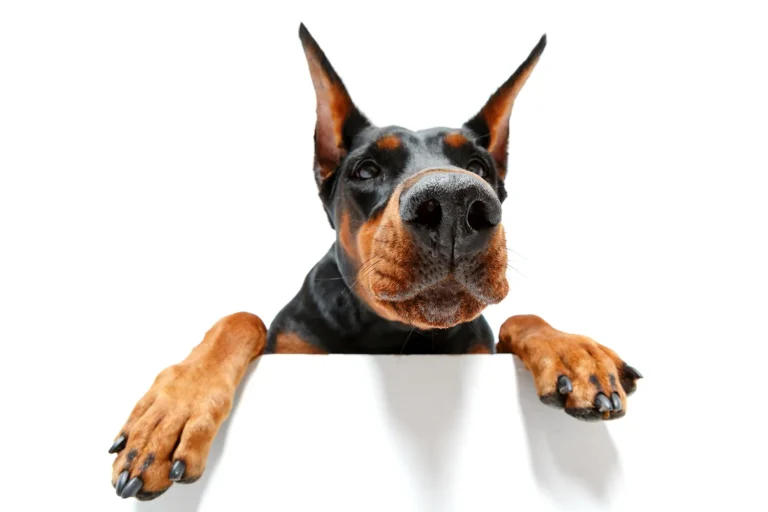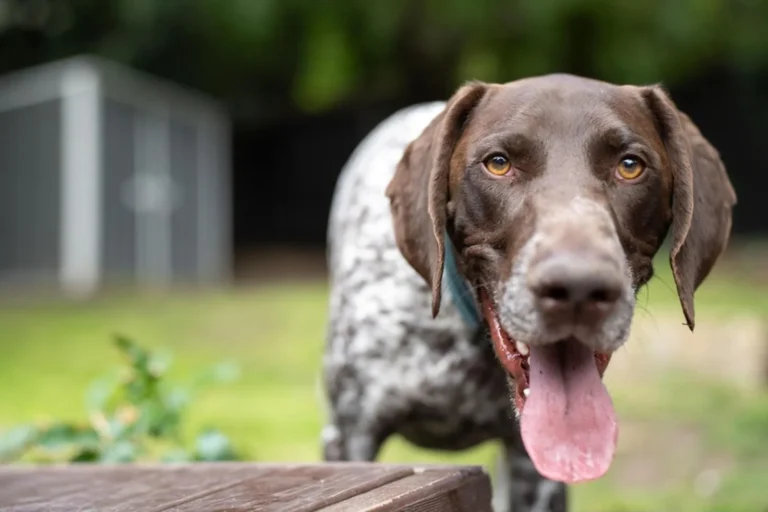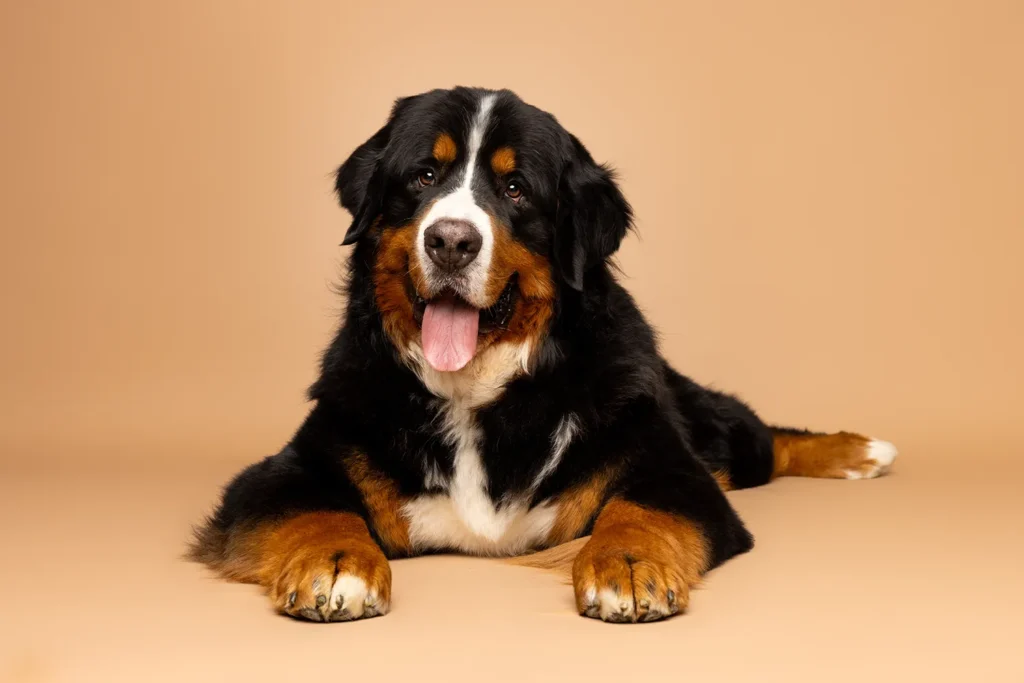
With their super soft, tri colored coats of black, white, and rust and those big, soulful brown eyes, Bernese Mountain Dogs are the kind of pups you recognize from across the park. They’re huge, fluffy goofballs in the best way gentle, affectionate, and always ready to lean their whole bear sized body into you for a hug. I still laugh remembering the first Berner I met who tried to sit in my lap like a Chihuahua; my legs went numb, but my heart melted. They have a way of making even a regular Tuesday feel cozy.
If you’re thinking about bringing one home, a little prep goes a long way. Expect lots of shedding (invest in a good brush and a vacuum with stamina), steady daily walks rather than marathon runs, and a dog who prefers cool weather and comfy floors. Early training and socialization are key they’re eager to please, just a bit slow to mature. And yes, there may be drool strings and muddy paw prints, but the loyalty and calm companionship are so worth it. In this guide, I’ll share the tips and lessons I’ve picked up caring for these gentle giants so you can decide if a Berner is your perfect match.
History and origin of the Bernese Mountain Dog
When I think of Bernese Mountain Dogs, I picture them lumbering happily through the rolling green hills outside the Swiss city of Berne, doing exactly what they were bred to do. For generations, these big hearted dogs were all purpose farm helpers: pulling small wooden carts piled with milk cans or firewood, keeping an eye on the barns, and standing watch over the homestead. A neighbor of mine once hooked his Berner to a little wagon for a community parade; you could see the dog’s pride kick in the moment the harness clicked. It’s in their bones.
They’re also part of a very Swiss family. The Bernese is one of four closely related, tri colored Swiss mountain dogs: the Appenzeller, the Entlebucher, the Greater Swiss Mountain Dog, and the Bernese. All share that classic black, rust, and white pattern, but the Bernese is the only one with the long, silky coat. I learned to tell them apart at a local dog show an Entlebucher zipped past like a speedy little athlete, while a Bernese floated by like a shaggy, smiling cloud.
After World War I, Bernese Mountain Dogs began leaving their alpine home, first heading to the Netherlands, where they won over farmers and families alike. In 1926, they made their way to the United States, slowly building a fan base. Funny enough, despite their charm and usefulness, the American Kennel Club didn’t recognize the breed until 1981. A Dutch breeder once told me her grandfather fell in love with the breed’s steady temperament after the war and brought a pair home “best decision of his life,” she said with a grin.
If you’ve ever seen a Bernese at a draft event, you’ll get why their history still matters. They light up when given a job, even if it’s just pulling a garden cart around the yard. If you’re considering one, find a local carting club and try a short harness lesson you’ll learn a lot, and your Berner will thank you with a tail wag that could power a windmill.
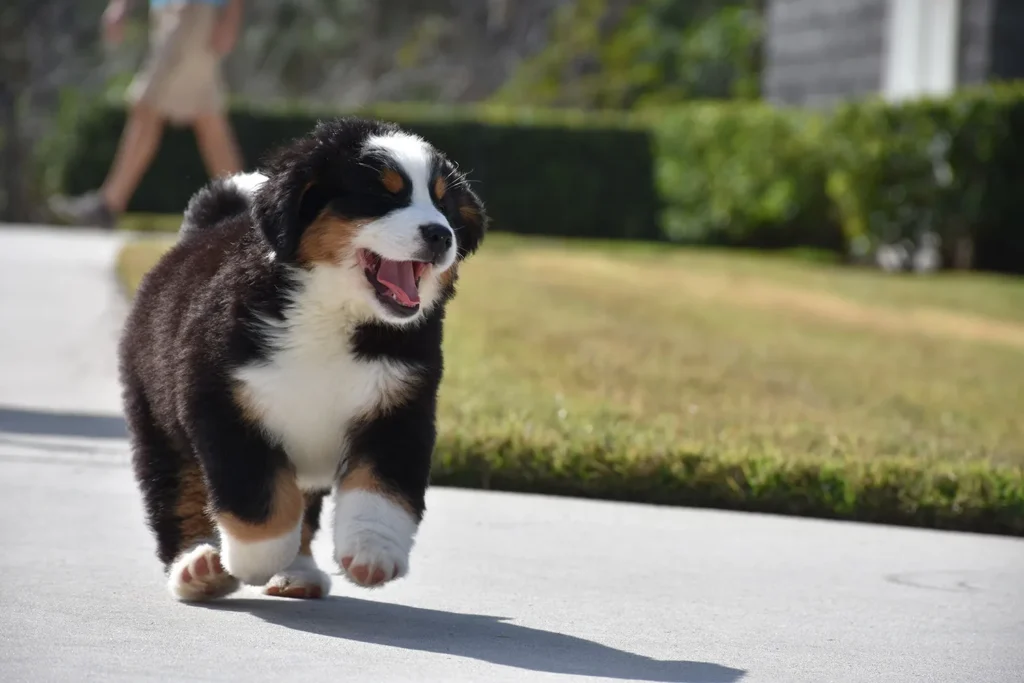
What Is a Bernese Mountain Dog?
Big, sturdy, and built like a friendly little tank, the Bernese Mountain Dog is a true working companion. One of the four Sennenhund breeds from the Swiss Alps, they trace their roots to Roman Mastiff type dogs brought across Europe long ago. It’s no wonder they’re so strong and muscular these dogs were made to pull carts, help with farm chores, and keep an eye on the homestead. I once watched a friend’s Berner happily haul a little garden wagon down the driveway as if it were the highlight of his week. For all that power, they have a calm, gentle way about them that makes people fall in love fast.
You can spot a Bernese from across the park: that silky tri colored coat with rich black, warm tan, and bright white markings is pure elegance. It’s a thick, insulating coat made for chilly weather, and these dogs absolutely blossom in the cold. Mine will bound into fresh snow like it’s confetti, but on hot days? Not so much. They can struggle in heat, so plan walks at dawn or after sunset, keep water and shade handy, and let them stretch out on cool tile floors. Regular brushing helps their coat breathe, too. When you match their mountain dog roots with the right climate and routine, you get a happy, dignified companion who’s as strong as they are sweet.
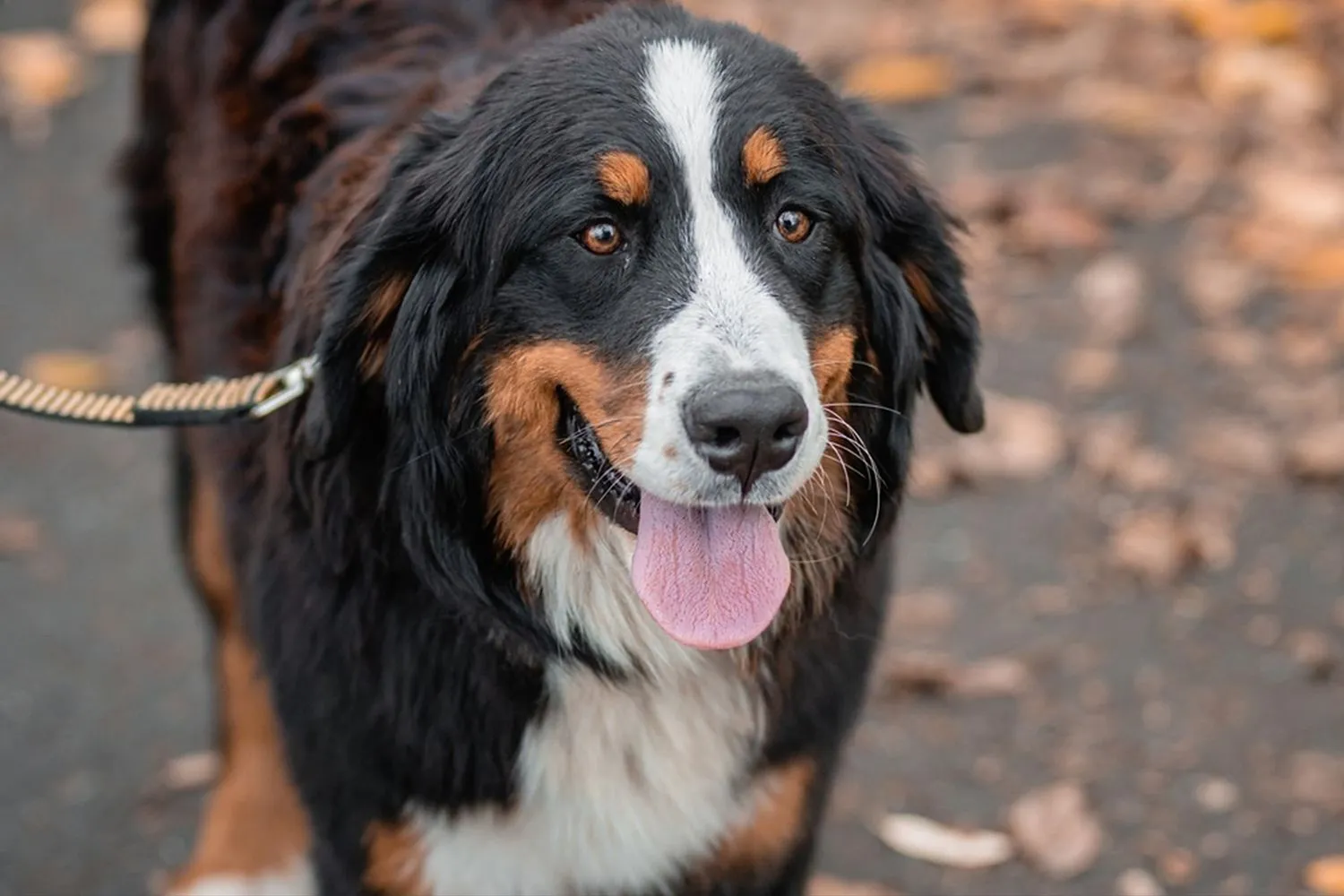
Who is a Bernese Mountain Dog best for?
Think of the Bernese Mountain Dog as a big hearted adventurer who wants to roam a bit, then curl up right at your feet. The happiest Berners I’ve known lived with people who had room to spare ideally a large home with a securely fenced backyard or garden. They love to explore, sniff every corner, and do those goofy, lumbering zoomies that make you laugh and move your flower pots. I once dog sat a Berner named Moose who could turn a tidy lawn into a treasure map in ten minutes flat fence included, for everyone’s peace of mind.
More than space, though, they really want your company. Berners don’t enjoy being left alone for long stretches; they’re at their best when they’re part of the daily rhythm school drop offs, gardening, Sunday naps. If you live in an apartment and you’re out most of the day, it’s not a good match. I’ve met a determined city owner who made it work with multiple long walks, early mornings, and a reliable dog walker, but it was a serious, daily commitment.
Because of their size and confident, sometimes pushy nature, they’re not usually a starter breed. An experienced pet parent who’s comfortable guiding a large, strong dog with consistent training and clear boundaries will thrive with a Berner. A good routine positive training classes, early socialization, mental games, and solid leash manners goes a long way. My favorite tip: teach a calm “place” command early on, so your 100-pound cuddle bug knows where to settle when guests arrive.
If you can offer space, time, and steady guidance, a Bernese Mountain Dog can be a dream companion gentle with kids, loyal to the core, and happiest when they’re included in family life. Raised and trained well, they’re the kind of dog who makes a house feel like home the moment they flop down beside you.
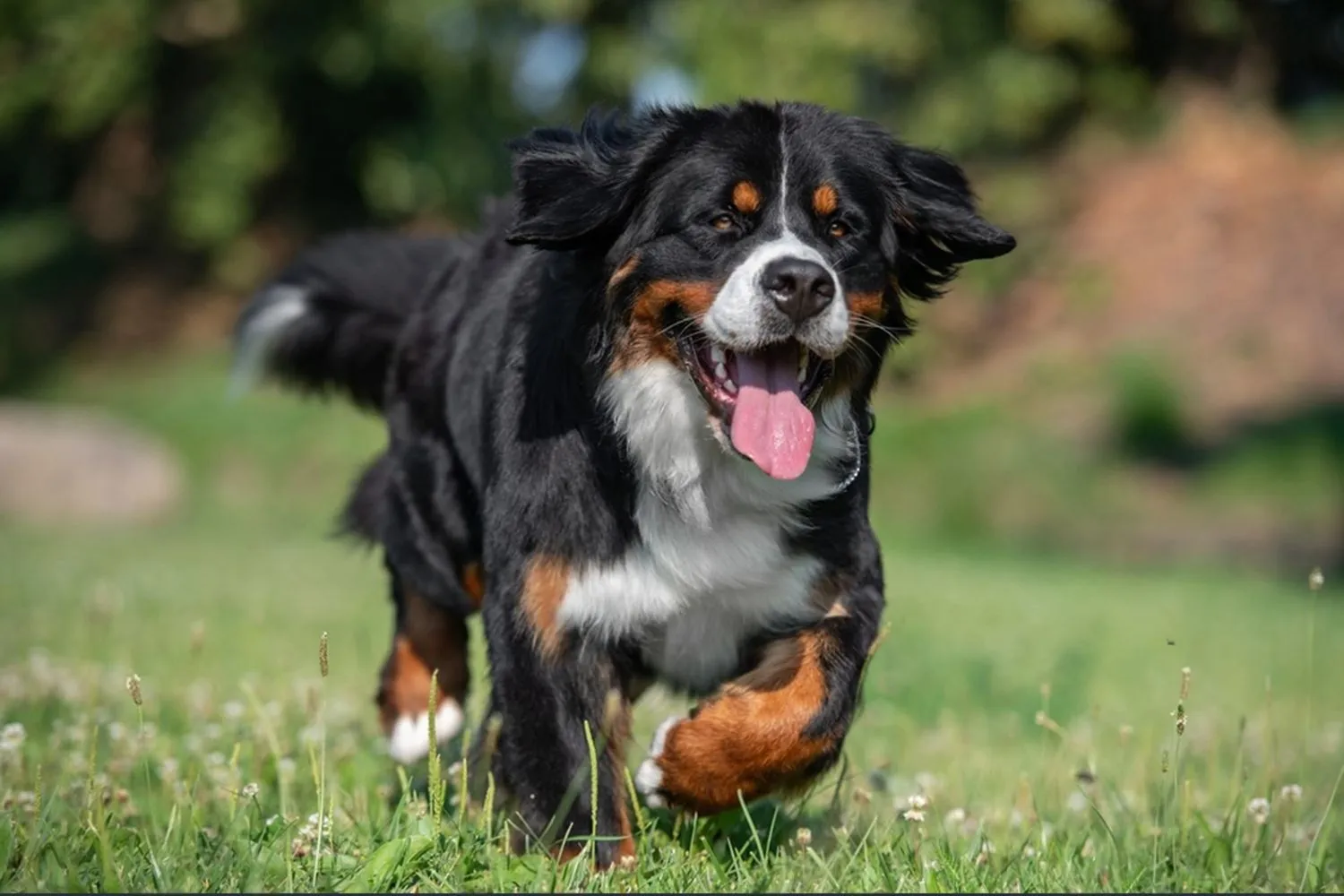
Bernese Mountain Dog Grooming and Shedding
That glorious tri color fluff is a showstopper, but it definitely doesn’t style itself. A Bernese Mountain Dog’s coat is a true double coat: a super soft topcoat that grows to around 12-15 cm long (about 5-6 inches), and a dense undercoat that keeps them cozy in cold weather. I remember dog sitting a Berner named Maple one Vermont spring and watching her undercoat “blow out” over two weeks by the end, we had enough fluff to knit a small pillow.
Regular brushing is your best friend for managing shedding and preventing mats and tangles. I aim for a thorough brush 3-4 times a week, and daily during spring and fall when the undercoat starts coming out in earnest. A pin brush or slicker brush glides nicely through that long topcoat, while an undercoat rake helps loosen the fluff beneath without damaging the texture. Work in sections (I call it “line brushing”) and pay extra attention behind the ears, under the collar, the armpits, and the feathery pants on the back legs those spots mat first. A light spritz of water or diluted conditioner can help tease out small tangles without breaking hair.
Berners naturally have a beautiful shine thanks to the oils in their skin, and brushing helps distribute those oils evenly. That’s one reason to bathe only when necessary. Too many baths can strip those oils and leave the coat dull or the skin itchy. My rule: if they smell fine and look clean, skip it. But if your Berner gleefully rolls in something unspeakable (I’ve been there, mid hike, with a proud, stinky grin staring up at me), straight to the tub you go. Use a gentle dog shampoo, rinse thoroughly, and dry well cool blow dryer if your dog tolerates it to avoid damp undercoat smells.
A couple of extra tips from the trenches: never shave a Bernese unless a vet says it’s medically needed the double coat is their temperature regulator and weather shield. Keep nails trimmed so their big paws don’t splay, and do quick ear checks during grooming sessions to catch debris. For your home, invest in a sturdy brush, a good vacuum, and a handful of lint rollers. I keep a “Berner blanket” on the couch; it saves me from panic before guests arrive. With a steady routine, grooming becomes a relaxing ritual and your Berner will look like they were born for the spotlight, because they were.
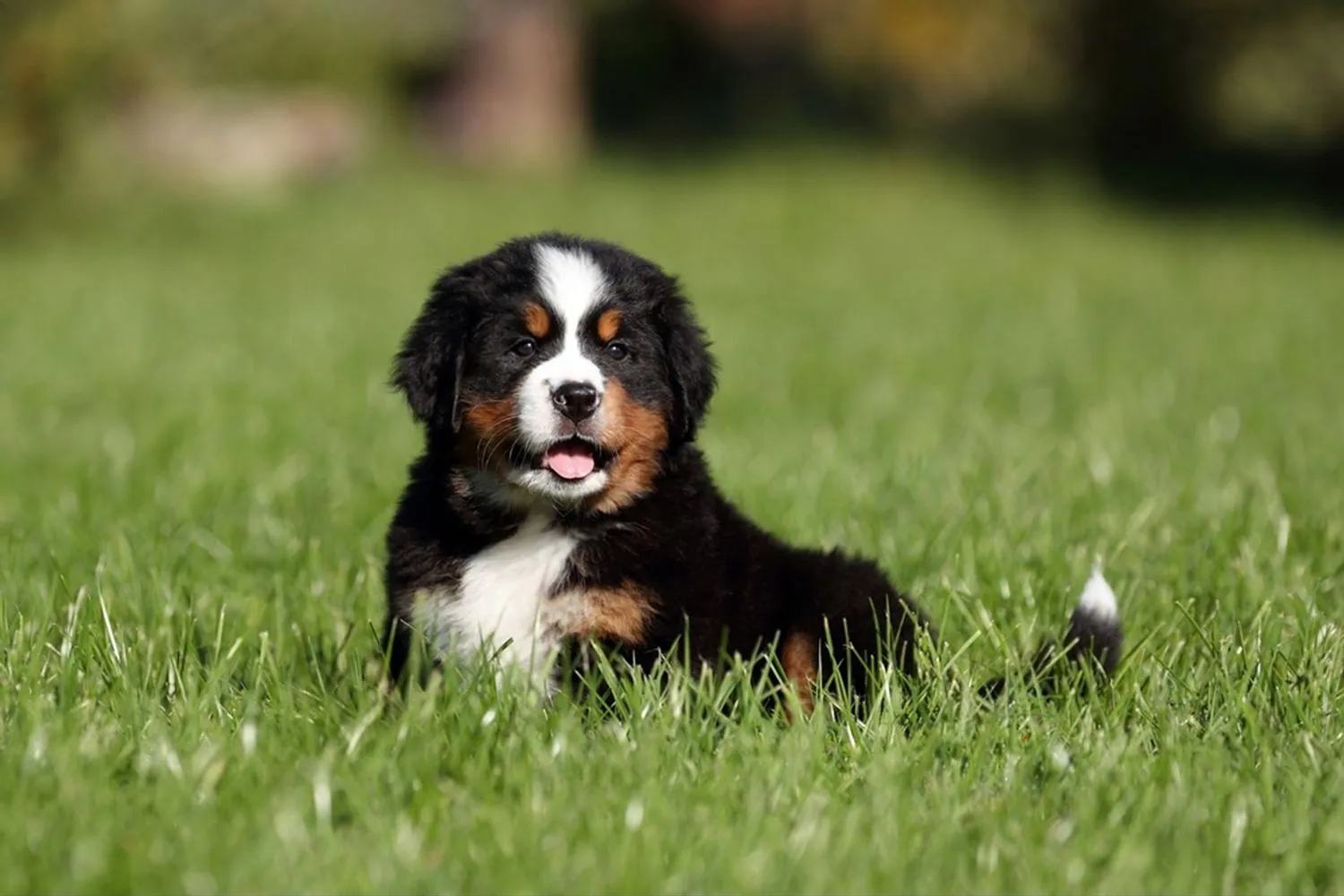
Do Bernese Mountain Dogs Bark a Lot?
Short answer: they can be vocal when they think it matters. Bernese Mountain Dogs are natural watchdogs, so they’re not shy about sounding the alarm if something seems out of place. It’s not constant yapping think deep, serious “who’s there?” booms. My neighbor’s Berner used to give one dignified bark at the mail truck every day and then trot back to his nap, job done. I remember one windy night when my Bernese fixated on a flapping grill cover and let out a few thunderous warnings until I showed him the “intruder.” After that, not a peep.
If your Bernese is barking more than you’d like, you can absolutely dial it back with positive reinforcement. I like to teach a “thank you” or “quiet” cue: let them give a couple of alert barks, calmly say your cue, then reward the moment they close their mouth even half a second of silence at first counts. Over time, you stretch that quiet window. Doorbells are a classic trigger, so I’ll practice with a recorded chime at low volume, treat for staying calm, then slowly increase the challenge. Avoid yelling back; they often think you’re joining the chorus. Instead, reward calm behavior and give them a simple job when guests arrive, like going to a mat for treats.
Management helps too. If street views set them off, try frosted window film or keep blinds down during busy hours. Give them an outlet before times you know will be noisy sniff walks, a puzzle feeder, or a sturdy chew can take the edge off. A tired mind is as important as a tired body for this breed. I found two good sniffy walks and a bit of training practice kept my Berner far more zen than an all out sprint at the park. And early socialization makes a difference: introduce them to delivery folks, neighbors, and the normal sounds of your home so they learn what’s “typical.”
If barking pops up suddenly or ramps up without an obvious trigger, do a quick check-in are they bored, anxious, or uncomfortable? Sometimes it’s just a routine tweak; other times, a vet or a trainer can help. But big picture, Bernese Mountain Dogs aren’t chronic barkers they’re thoughtful announcers. With patience and positive training, you can teach them when to speak up and when to save that big bear voice for the moments that matter.
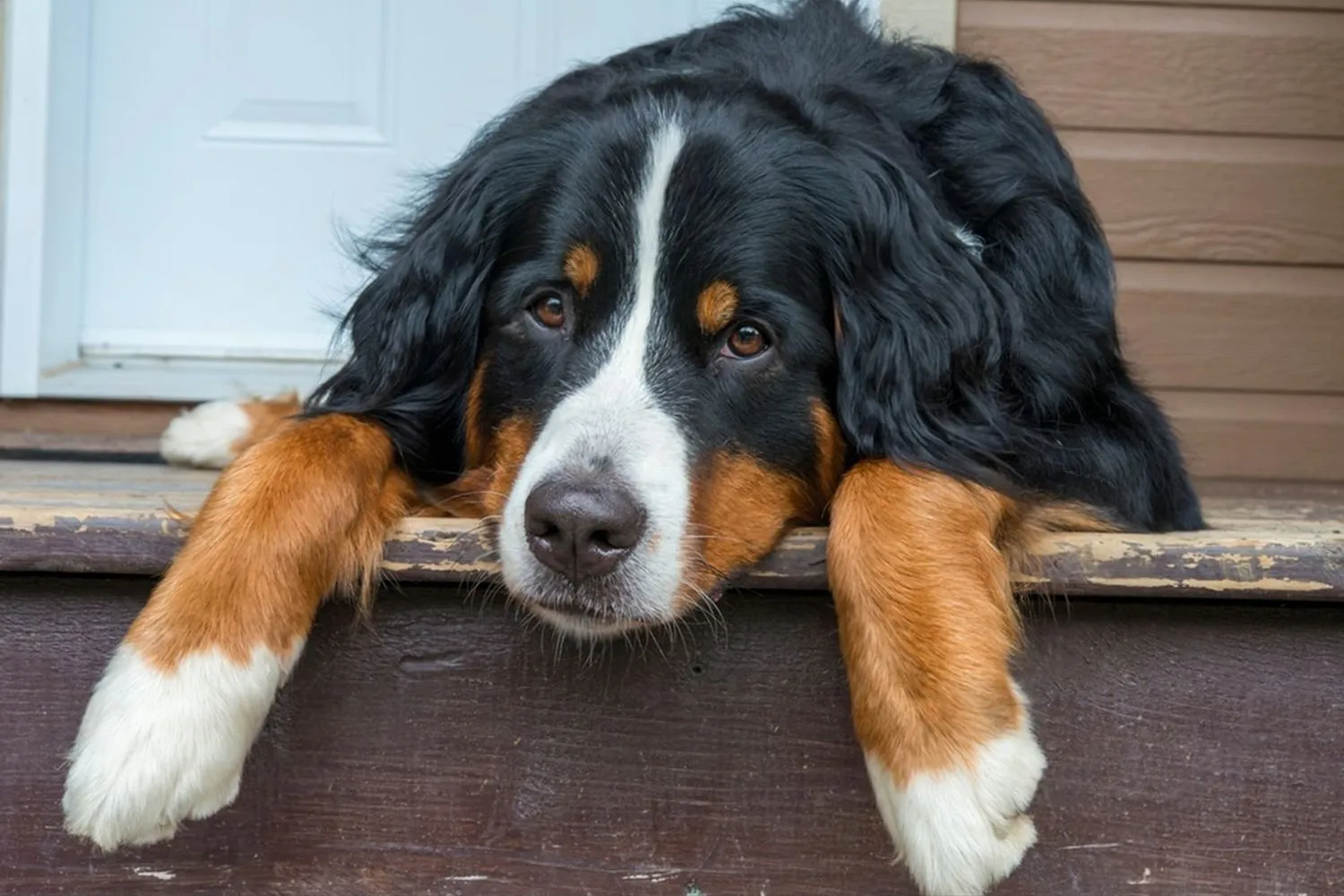
What is the average weight and height of a Bernese Mountain Dog?
Male Bernese Mountain Dogs typically weigh around 36 to 52 kg (about 79 to 115 lbs) and stand roughly 63 to 70 cm at the shoulder (around 25 to 27.5 inches). Females usually come in a bit lighter and shorter, weighing about 32 to 43 kg (71 to 95 lbs) and reaching 58 to 66 cm tall (23 to 26 inches). Even with the size difference, both males and females are solid, muscular dogs with that classic “longer than tall” build that gives them their steady, draft dog silhouette. https://en.wikipedia.org/wiki/Bernese_Mountain_Dog
If you’re trying to measure your Berner at home, a soft measuring tape and a door frame work wonders. Measure to the shoulder (the withers), not the head that majestic fluffy noggin will add a few inches in your imagination! For weight, I often hop on the bathroom scale alone, then step back on while holding the dog, and do the math. The first time I tried that with my friend’s Berner, Moose, I nearly toppled over. He looked even bigger thanks to his thick coat, which is a good reminder: their fluff can make them seem heavier than they are.
Numbers are helpful, but body condition tells the real story. You should be able to feel, not see, a hint of ribs under all that fur, with a gentle waist when viewed from above. Berners mature slowly, too many keep filling out until they’re two or even three years old so don’t panic if your youngster is a bit lanky. Keep portions sensible, watch treats, and aim for steady exercise rather than marathon runs. One time I swapped our usual long hike for a couple of shorter, gentle walks during a growth spurt, and it made a world of difference for those big, growing joints.
Practical tip: their longer bodies mean harness fit can be finicky. I always bring a measuring tape and my dog’s current stats when shopping, and I test how the harness sits during a short walk. A well fitted harness and a crate sized for that longer torso will make car rides and adventures comfier for everyone.
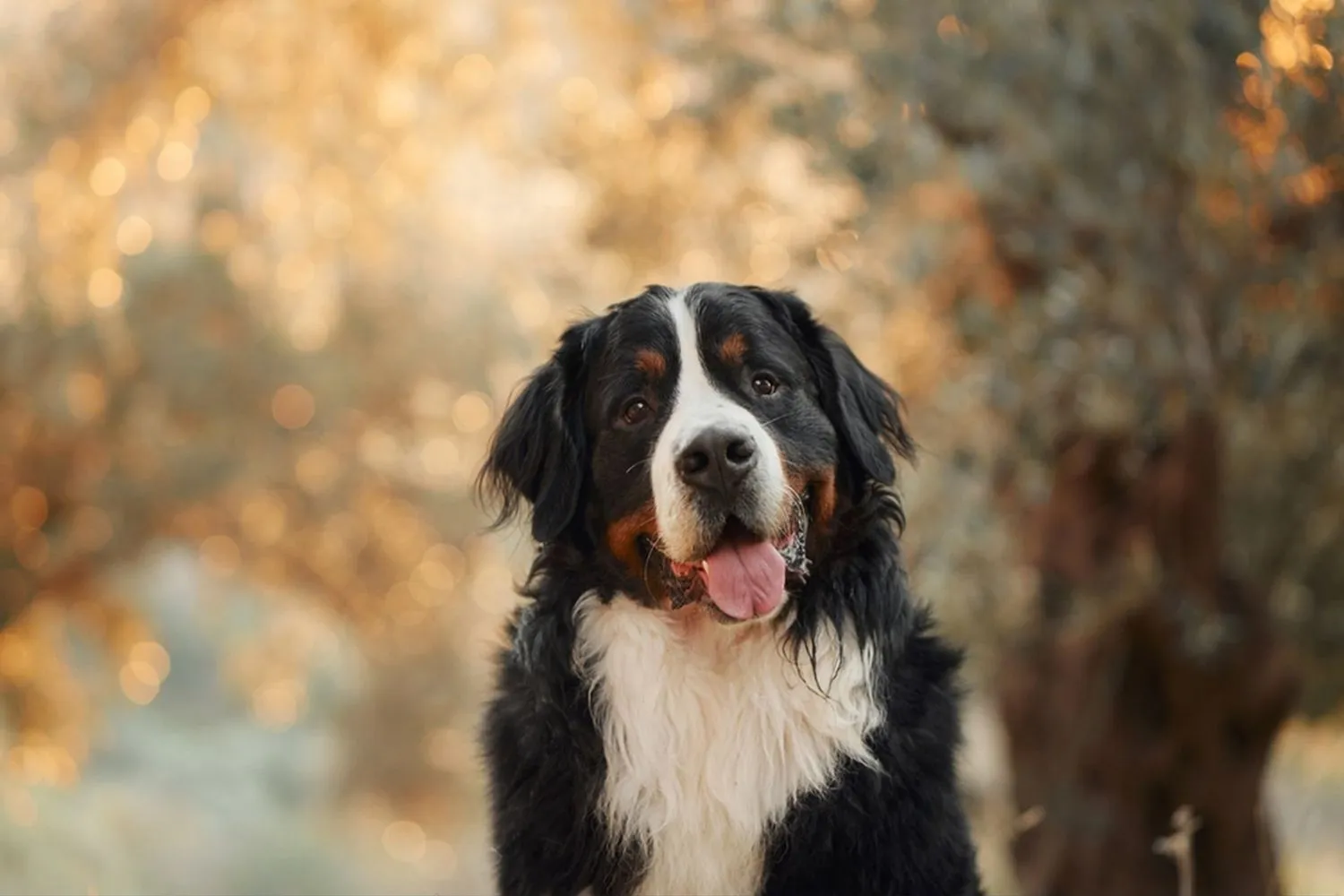
Are Bernese Mountain Dogs Easy to Train?
Thanks to their eager to please nature and sharp minds, most Bernese Mountain Dogs are a joy to train. They pick up the basics quickly and usually light up when they realize you’re happy with them. I remember helping a friend with her Berner puppy by the end of a weekend, he had “sit” and “down” nailed, and he offered them constantly just to earn another “good boy!”
Here’s the catch: Berners are big softies. They’re affectionate and sensitive, and a harsh tone can make them shut down. I once raised my voice by accident and watched those soulful brown eyes turn into puddles it took extra cuddles and a few tasty treats to bring his confidence back. Keep it positive. Use treats, praise, and a cheerful voice; a clicker can work beautifully. Keep sessions short and fun, end on a win, and weave training into daily life at the door before walks, during meal prep, on quiet strolls.
They’re also deeply family focused. Berners thrive when they’re with their people, so long stretches alone can lead to chewed shoes or door scratching. Build up alone time gradually, give them a safe space, and leave puzzle toys or sturdy chews to keep their brain busy. A good walk or a brisk play session before you head out goes a long way.
With patience, consistency, and kindness, a Bernese can become an incredibly well mannered, happy companion.
How do Bernese Mountain Dogs behave? A look at their temperament and personality
If you’re picturing a big, soft hearted companion who’s happy to hang out but perks up the second you ask them to help, you’re on the right track. Bernese Mountain Dogs are famously easygoing and laidback around the house, yet they’re smart as a whip and love to learn. Give them a purpose even a small one and you’ll see them light up. I once met a Berner in Vermont who proudly carried his family’s picnic blanket to the park every weekend. Head high, tail wagging, job done.
Because they were historically farm helpers, many Berners seem happiest when they have something to “do.” That could be practicing a few obedience cues before dinner, learning fun tricks, trying beginner carting, or wearing a light backpack on a hike. My friend’s Berner, Maple, delivers socks from the laundry room like it’s a high stakes mission, and she never misses a “drop it” cue. Short, positive training sessions keep their minds busy and their manners sharp.
They’re also wonderfully alert, which makes them excellent watchdogs. Expect a deep, dignified “who’s there?” bark when someone approaches. The Berner down my street will give two serious woofs and then sit, watching calmly until he recognizes the visitor. Protective, yes but not usually aggressive. It’s more “announce and assess” than “rush and react.”
Around family, Berners are gentle, calm, and patient true gentle giants. They tend to be fantastic with kids, though it’s wise to supervise simply because of their size. They can be a bit stand offish with new people at first, and that’s okay. Think of it as polite reserve. I like to have newcomers offer a tasty treat and let the dog approach on their own terms; within minutes, most Berners melt into head scratches and lean their whole weight against your legs like you’re an old friend.
Early socialization is your best tool for bringing out their friendly side. Enroll in a good puppy class, and make a point to introduce your Berner to all sorts of people, dogs, and everyday sights kids on scooters, people in hats, the rumble of a delivery truck. Pair new experiences with praise and treats. Practice gentle handling, too: touch paws, look in ears, and reward for staying relaxed so grooming and vet visits are no big deal later on.
Bottom line: a Bernese Mountain Dog thrives with a steady routine, lots of love, and a bit of purpose. Give them a family to protect, a few simple jobs to perform, and some time by your side, and you’ll have a calm, devoted companion who’s as happy to snooze at your feet as they are to learn something new.
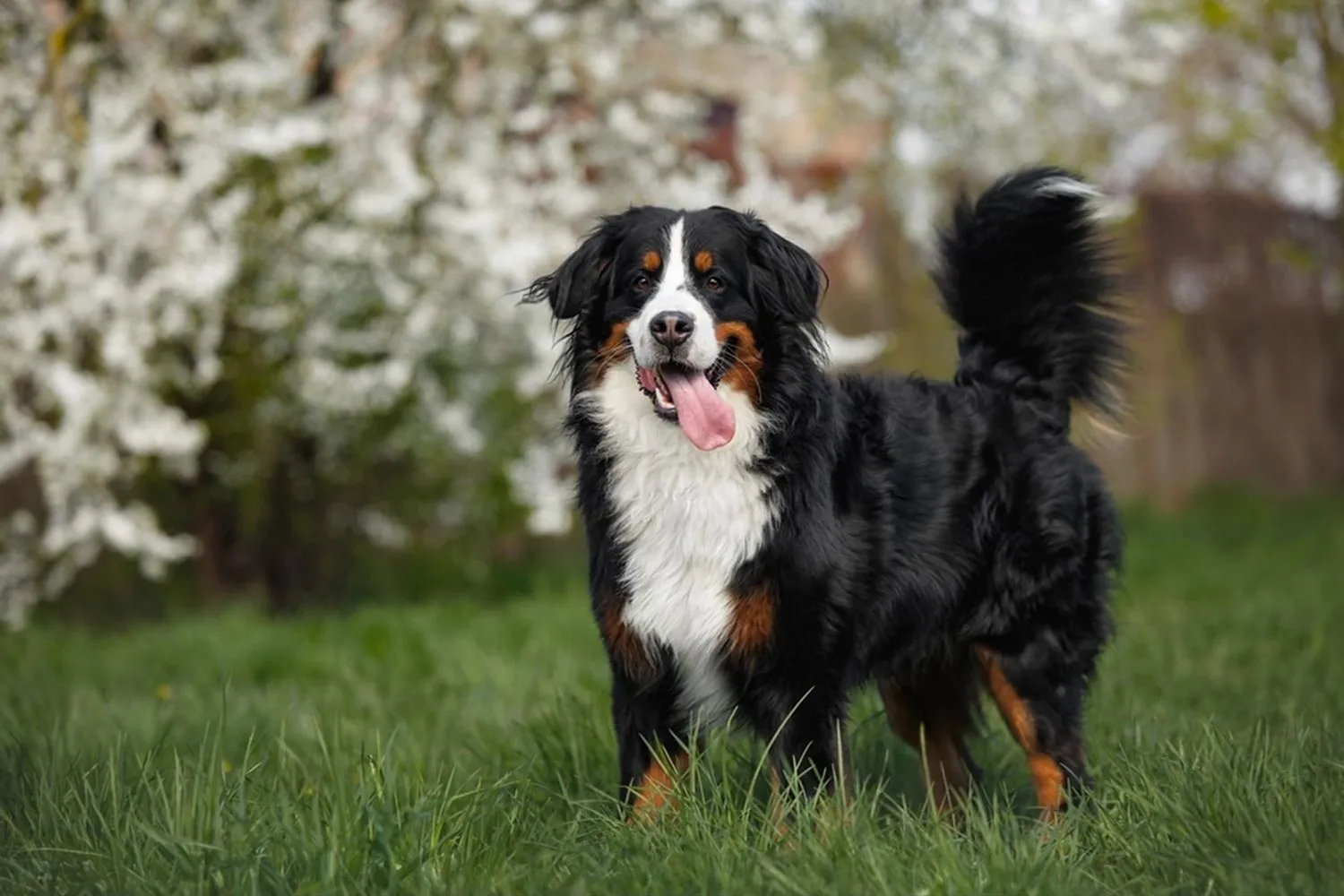
Do Bernese Mountain Dogs Have Common Health Issues?
These big hearted gentle giants do have a few health concerns worth knowing about. Because the Bernese breed has a relatively small gene pool, some conditions pop up more often than we’d like. The big ones you’ll hear about are cancer, von Willebrand’s disease (a bleeding disorder), hip and elbow dysplasia, bloat, various eye conditions, and kidney disease.
That list can feel scary, but it’s not a guarantee your Bernese will face any of them. It’s more like a checklist of things to be aware of so you can stay a step ahead. For example, dysplasia can show up as stiffness or a bunny hop gait after play; keeping your pup lean, building muscle with gentle exercise, and using rugs or ramps at home can make a huge difference. With bloat, I keep the warning signs on my fridge: a swollen belly, unproductive retching, restlessness. If you ever see that, it’s an immediate vet visit no waiting. Eye issues might look like cloudiness, squinting, or excessive tearing, and von Willebrand’s can show up as unusual bleeding after a nail trim. Kidney trouble sometimes whispers at first more drinking, more peeing, or subtle weight loss so routine blood and urine checks are your friend.
If you’re getting a Bernese, chat with your vet early about screening. Testing is available for kidney health (simple bloodwork and urinalysis) and for hip and elbow dysplasia (specialized X rays). There’s also a genetic test for von Willebrand’s disease and eye exams to keep tabs on vision. I always ask breeders for health clearances on the parents, and when I adopted my friend’s Berner for a weekend, we stuck to smaller, spaced out meals and avoided hard play right after dinner to be extra cautious about bloat.
My two cents after years with large breeds: start preventative care young. Schedule regular checkups, keep them at a healthy weight, consider pet insurance while they’re puppies, and don’t be shy about asking your vet “Can we screen for this?” The Bernese Mountain Dog is a joy loyal, goofy, and wonderfully cuddly and with a proactive plan, you give them the best shot at a long, happy life by your side.
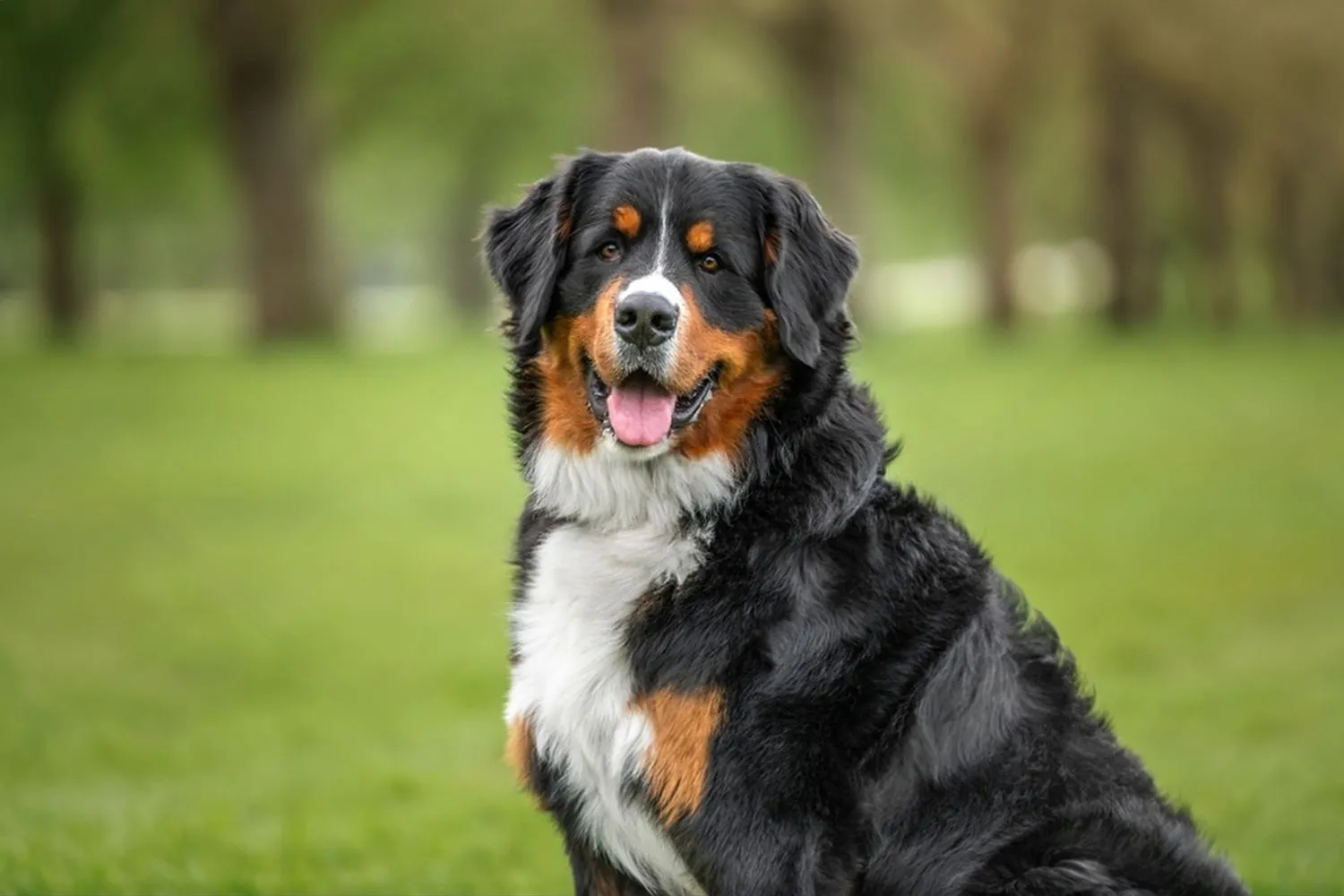
What Is the Lifespan of a Bernese Mountain Dog?
Bernese Mountain Dogs typically live around 7-10 years. That’s a bit shorter than many other breeds, and as a big dog person, I know it can feel unfair. Still, Berners tend to pack a lifetime of devotion into every season. A friend’s Berner, Maple, greeted every snowfall like it was her first, and honestly, that kind of joy makes every year feel full.
To help your Berner thrive, keep them lean on a balanced, high-quality diet and stick to steady, low impact exercise daily walks, gentle hikes, and play sessions that don’t pound the joints. Mine do best with early morning outings and a shady afternoon nap, since Berners don’t love heat. Regular veterinary care is huge: routine checkups (twice a year once they hit senior status), dental care, and screenings for common issues help catch things early. I also use ramps for the car, keep nails trimmed, and add vet approved joint support. Little habits like these really do add up to more happy, comfortable years together.
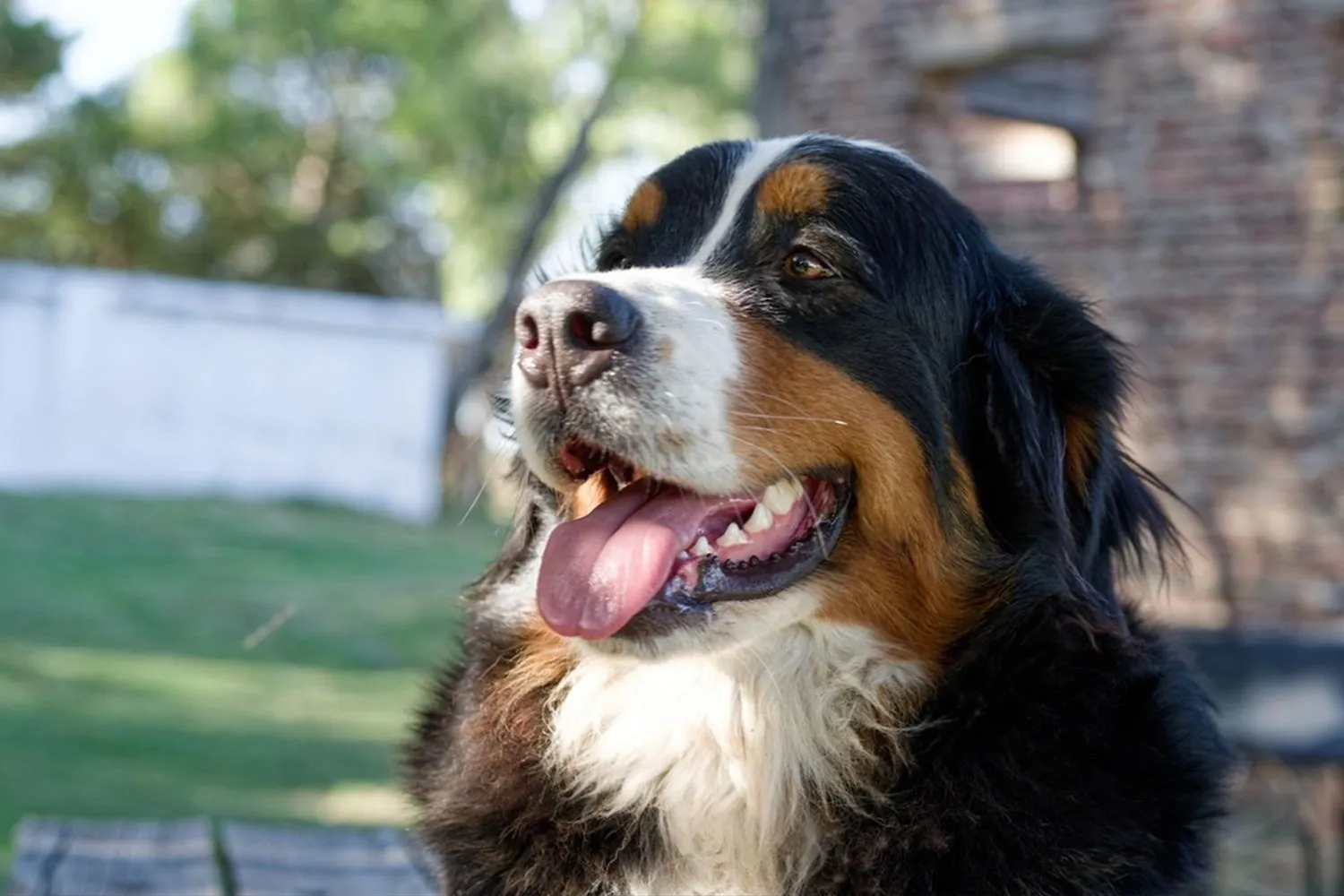
How Much Should a Bernese Mountain Dog Eat?
For most healthy Bernese Mountain Dogs, plan on 3-6 cups of food per day, split into two meals. That range is big because every Berner is a little different age, activity level, and the calorie density of the kibble all matter. My friend’s Berner, Moose, does great on 4 cups a day when he’s hiking regularly, but he drops to about 3½ cups in the winter when walks are shorter. I like to use a measuring cup or a kitchen scale so I’m not guessing. It’s amazing how “just a little extra” turns into an entire cup over a week.
If you’ve got a Bernese puppy, choose a large breed puppy formula designed for slow, steady growth. These diets help protect developing joints by keeping growth from happening too fast. I remember being tempted to “fatten up” my pup when he hit a lanky phase don’t do it. Slow and steady really is the name of the game for big breeds.
Stick to a schedule and measured portions. Feed at roughly the same times each morning and evening, and keep treats modest (and count them as part of the daily total). Random feeding and unmeasured amounts can pack on pounds before you know it, which could ultimately cause hip dysplasia and other health issues like diabetes. A quick at home check: you should be able to feel your dog’s ribs under a thin layer of padding and see a gentle waist from above. If the ribs are buried or there’s no waist, tighten portions; if ribs are poking out, bump them up a bit.
A few extra tips I swear by: check the feeding guide on the bag as a starting point, then adjust every week or two based on body condition, not just the number on the scoop. Use a slow feeder bowl if your Berner vacuums meals. And keep fresh water down at all times. With a little routine and some mindful measuring, your gentle giant will stay fit, happy, and ready for all the cuddles.
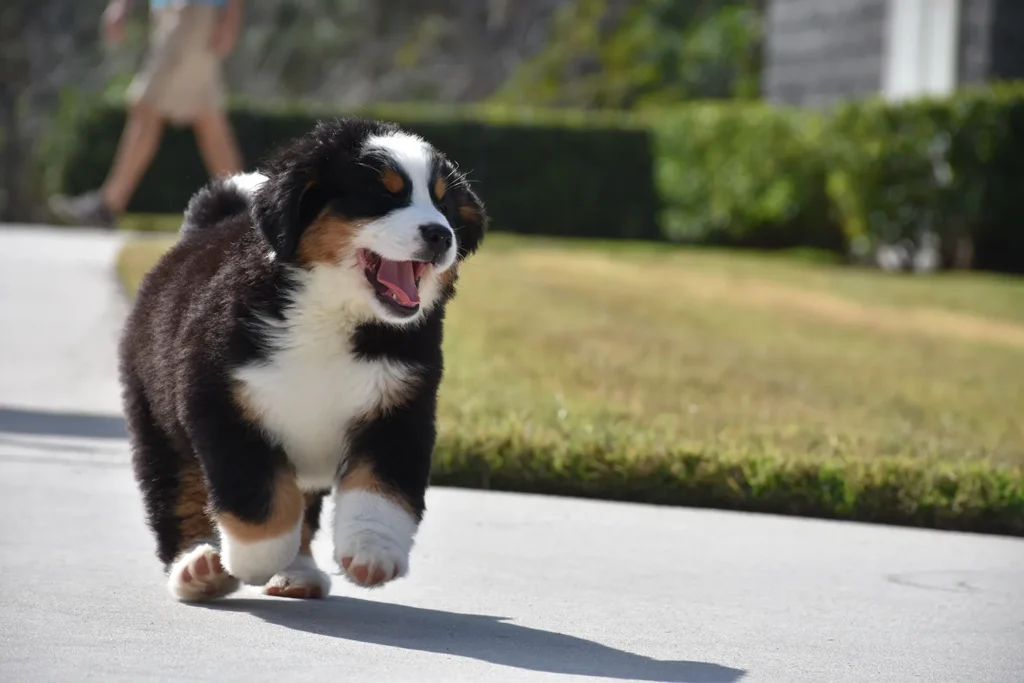
Bernese Mountain Dog FAQs
Are Bernese Mountain Dogs good with kids?
Absolutely. Bernese Mountain Dogs are famous for their gentle, affectionate nature around children, and they’re usually up for a game of fetch or a backyard romp. The only catch is their size. A happy “Berner” doing zoomies can accidentally bowl over a toddler without meaning to. I learned this the hard way when my friend’s Bernese, Moose, wagged his whole body and sent a juice box flying. No harm done just sticky socks and lots of giggles but it was a good reminder to keep a watchful eye with very young kids.
They’re also known to form a special bond with one family member, and it’s often the child who feeds them or sneaks them carrots under the table. That loyalty is sweet, but it’s important to keep everyone involved so the dog doesn’t become too dependent on one person. Early, positive socialization helps a lot puppy classes, polite meet and greets with calm adults and kids, and plenty of exposure to everyday noises. And teach children how to interact respectfully: no tail pulling, give the dog space while eating, and let them retreat to a quiet spot when they need a break.
Do Bernese Mountain Dogs make good guard dogs?
They do make solid watchdogs. Historically, Bernese guarded farms and property, and that instinct to look out for their family runs deep. Most Berners aren’t aggressive by nature, but their size, confidence, and deep, booming bark can stop a stranger in their tracks. My neighbor once joked that his delivery driver knocked from the curb after hearing his Berner’s “someone’s here!” announcement from the hallway.
Think of them as friendly security more “I see you, behave yourself” than “attack mode.” With good training, they’ll learn when to alert and when to settle. I like teaching a “quiet” cue after a bark or two, plus calm greetings at the door. That way, you get the best of both worlds: a reliable heads up without a barking marathon.
Where can I find a Bernese Mountain Dog puppy?
Start with reputable breeders who focus on health, temperament, and careful placement not just quick sales. A fast online search will give you plenty of options, but take your time. I always suggest asking your local training club, veterinarian, or the Bernese Mountain Dog Club for referrals. Expect waiting lists; with a breed like this, that’s a good sign.
A trustworthy breeder will welcome your questions and ask you plenty in return. They’ll invite you to meet the puppies and, ideally, at least one parent. They’ll explain how the pups are raised in a clean, family environment with early socialization, not in a shed out back. They’ll discuss health screening and be transparent about the breed’s strengths and challenges. If someone pushes for a quick deposit, won’t let you visit, or has multiple litters available at once with no questions for you big red flags.
What should I look for in a reputable breeder?
Look for a proven track record of excellent care. Ask for references, read reviews, and chat with other owners from previous litters. Make sure any claims about Kennel Club registration check out don’t be shy about asking to see the papers. Kennel Club assured or approved breeders commit to responsible practices and breed specific health checks, which is exactly what you want for a healthy start.
For Bernese, that usually includes screening for hips and elbows, plus other evaluations recommended for the breed. Ask to see the health certificates for both parents and to talk about temperament are they steady, people friendly, and confident? A good breeder will happily explain their socialization plan, provide a clear sales contract, and offer lifetime support (including taking the dog back if life goes sideways). When I brought home my first large breed pup, the breeder gave me a little “new parent” folder with feeding guidelines, training tips, and a blanket that smelled like the litter. That kind of care speaks volumes.
Final tip: set yourself up for success with simple house rules from day one no jumping on small kids, plenty of rest after play, and short, positive training sessions. Big hearts come in big bodies with Berners, and with thoughtful guidance, they grow into the kind of family dog you’ll be bragging about for years.
Disclaimer:
This article is for informational purposes only and doesn’t replace professional veterinary or training advice. Always consult a certified vet or dog trainer for guidance specific to your pup.
